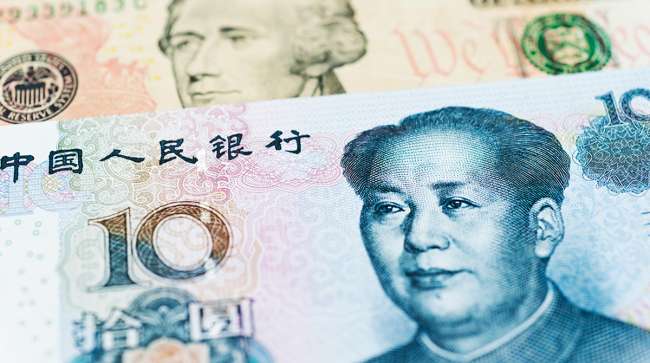Goods-Trade Deficit Widens as Levies Rise on Chinese Items

[Stay on top of transportation news: Get TTNews in your inbox.]
The U.S. merchandise-trade deficit widened in May to a five-month high amid a surge in imports after President Donald Trump’s decision to increase levies on $200 billion of items from China.
The gap increased to $74.5 billion from $70.9 billion in the prior month, according to a Commerce Department report June 26. That compared with the median estimate for a shortfall of $71.8 billion. Imports rose 3.7%, the biggest jump in four years, while exports advanced 3%, the most since early 2018.
The figures may reflect companies rushing orders to beat tariffs that Trump increased in May to 25% from 10% on $200 billion of imports from China — which took full effect June 1. While the president has vowed to reduce the trade gap and address what he calls unfair competition, the overall trade deficit has widened under his presidency.
The report comes just days before a pivotal Group of 20 summit in Japan, where Trump and Chinese President Xi Jinping plan to discuss their trade war. The Trump administration has accused China of unfair practices and stealing U.S. intellectual property in applying the tariffs and threatening more, while China has retaliated with levies on American goods.
The report showed imports of automobiles rose 7.5% and industrial supplies, including petroleum products, were up 3.9%. Exports of consumer goods, autos, capital goods and foods, feeds and beverages all registered strong gains.
Wholesale inventories rose 0.4% from the prior month while retail inventories were up 0.5%, according to other figures contained in the report. Analysts look to these numbers to adjust estimates for economic growth during the quarter.
The June 26 data on trade are for goods only, have limited details and don’t include destinations or origins of items. The Commerce Department will release the full May report on international trade July 3.
Exports and imports of goods account for about three-fourths of America’s total trade; the U.S. typically runs a deficit in merchandise trade and a surplus in services.


